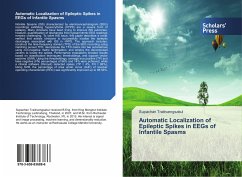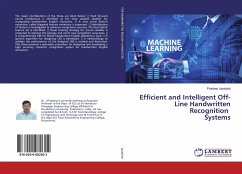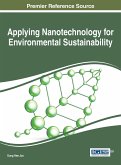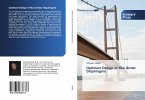Infantile Spasms (ISS) characterized by electroencephalogram (EEG) recordings exhibiting hypsarrythmia (HYPS) are a severe form of epilepsy. Many clinicians have been trying to improve ISS outcomes; however, quantification of discharges from hypsarrythmic EEG readings remains challenging. To solve this issue, this paper describes a novel method that assists clinicians to successfully localize the epileptic discharges associated with ISS in HYPS. The approach includes: construct the time-frequency domain (TFD) of the EEG recording using matching pursuit TFD, decompose the TFD matrix into two submatrices using non-negative matrix factorization, and employ the decomposed vectors to locate the spikes. Performance evaluations showed results based on classification techniques: thresholdings, and support vector machine (SVM). Using the thresholdings, average true positive (TP) and false negative (FN) percentages of 86% and 14% were achieved, while a clinical software (Persyst) detected spikes (TP = 4%, FN = 96%). Using SVM, the percentage of area under curve (AUC) of receiver operating characteristic (ROC) was significantly improved up to 98.56%.








